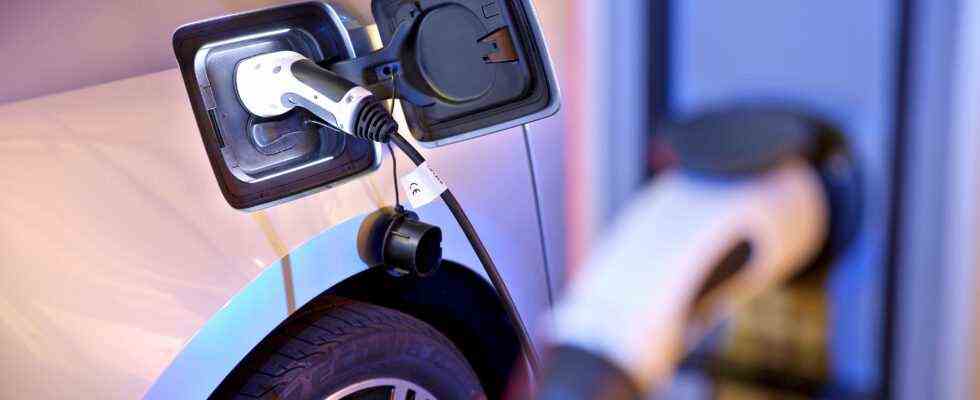Status: 07/09/2021 6:14 p.m.
The expansion of the charging stations for e-cars is becoming more widespread: the network is becoming “noticeably” even in smaller cities, according to the BDEW association. The EU also wants to prescribe a dense network along the expressways.
The number of charging stations in Germany increases with the number of electric cars. The industry association BDEW praised the fact that the charging network is not only increasing “noticeably” in large cities, but also in smaller towns and rural communities. In the charging station register of the BDEW, the top cities in Berlin, the large cities Wolfsburg, the medium-sized towns Zwickau and the small towns and rural communities Schwieberdingen in Baden-Württemberg.
Berlin has the most public charging points, here it is 1799 according to the charging station register of the German Association for Energy and Water Management (BDEW). That is an increase of 71 percent within one year. In second and third place of the metropolises with more than 500,000 inhabitants follow Munich with 1327 charging points and Hamburg with 1214 points.
In the ranking of large cities with up to 500,000 inhabitants, the VW city of Wolfsburg comes first with 493 charging points, followed by Regensburg and Karlsruhe. Zwickau in Saxony has 112 charging points for medium-sized towns and cities with up to 100,000 inhabitants, while Schwieberdingen in the Ludwigsburg district is at the fore among small towns and rural communities with fewer than 20,000 inhabitants: there are 70 public charging points there.
48.24 charging points per 100,000 inhabitants
When looking at the charging points per 100,000 inhabitants, Munich is at the top of the metropolises with 89 charging points, followed by Stuttgart and Essen. Number one in the big cities is – by far – Wolfsburg with 396 charging points, followed by Regensburg and Heilbronn. There are 48.24 charging points per 100,000 inhabitants across Germany.
“It is good that, thanks to CO2 fleet limits and purchase premiums, the number of newly registered e-cars on the streets is finally increasing,” said BDEW General Manager Kerstin Andreae. The expansion of the charging infrastructure is “clearly” an investment in the future: “The operation of charging stations is hardly economical to this day.”
EU Commission plans
According to a report, the European Commission wants to oblige the states to significantly expand their charging infrastructure as part of its “Fit for 55” climate package. By the end of 2025, a powerful charging station is to be installed every 60 kilometers along the most important European expressways, reported the “Frankfurter Allgemeine Zeitung”, citing committee circles.
Five years later, this should apply to the expanded expressway network – in Germany that means for motorways and important federal highways. According to the report, member states should also ensure that there is a hydrogen filling station for trucks every 150 kilometers. With the “Fit for 55” package made up of around a dozen proposals, the Commission wants to ensure that the EU will reduce its CO2 emissions by 55 percent by 2030 compared to 1990 levels.
Higher premium will be extended
Yesterday it became known that the significantly higher purchase premium for electric cars in Germany will soon be extended until the end of 2025. This is planned for July or August at the latest, said a spokesman for the Federal Ministry of Economics.
The extension of the so-called innovation bonus, which is currently limited to the end of 2021, was decided at a “car summit” at the end of November. The doubling of the federal share in the purchase bonus has brought a significant boost to electromobility, said Minister of Economics Peter Altmaier.
In order to get more e-cars on the road, a year ago the existing purchase premium (environmental bonus) was increased via an “innovation premium” – since then, new registrations of e-cars have increased significantly. The federal government doubled its share of the bonus. The manufacturers also contribute to the premium.

